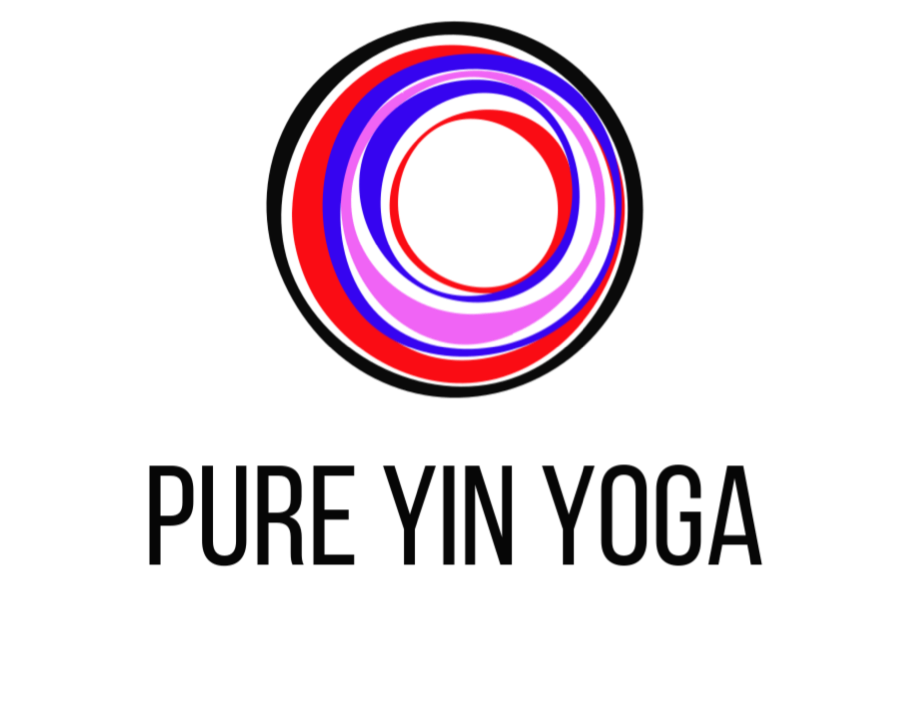“In an age of acceleration, nothing can be more exhilarating than going slow. And in an age of distraction, nothing is so luxurious as paying attention. And in an age of constant movement, nothing is so urgent as sitting still.”
As a society, we have lost the ability to relax. This practice serves to restore that ability. Sometimes referred to as “active relaxation”, Restorative Yoga is aimed at helping your own internal healing processes to work—healing processes that may have become overwhelmed by stress and illness. The practice is one of nurturing postures (or asana) in which the body is supported by blankets, bolsters and other yoga props to create deep relaxation and rejuvenation. Restorative Yoga serves to stimulate the relaxation response (the parasympathetic “rest and digest” division) of your autonomic nervous system, which is the opposite of your body's stress response. When chronically activated, your stress response (the sympathetic “fight or flight” division) can be damaging to your physiology and wellbeing.
The postures in both Restorative Yoga and Yin Yoga are held for an extended time on the floor. In contrast to Yin, however, the intention of Restorative is not to stretch or load the tissues and joints, but to slow down the physiological functions that consume energy. Props are always used to fully support the body, and there is actually a science to their arrangement and positioning. During Restorative Yoga we manipulate the nervous system by setting up the body in such a way that the nervous system can’t help but relax (switch to parasympathetic dominance). Even the most relax-averse person can experience that state when set up well.
Initially, Restorative yoga was developed for people suffering from injuries, stress, anxiety or illness, as well as people with limited flexibility and strength – but it is beneficial for anyone who is looking to release tension and relax. In general, Restorative poses are for those times when you feel stressed from your daily activities, weak or fatigued. You can practise them when ill or recovering from illness or injury. In addition, they are especially beneficial for the times before, during and after major life events: death of a loved one, change of job or residence, marriage, divorce, etc.
The overall calming effect on the nervous system sets a deeply relaxing tone for the class that comforts your mind and body down to the cellular level. You will be healed and nurtured from within.

